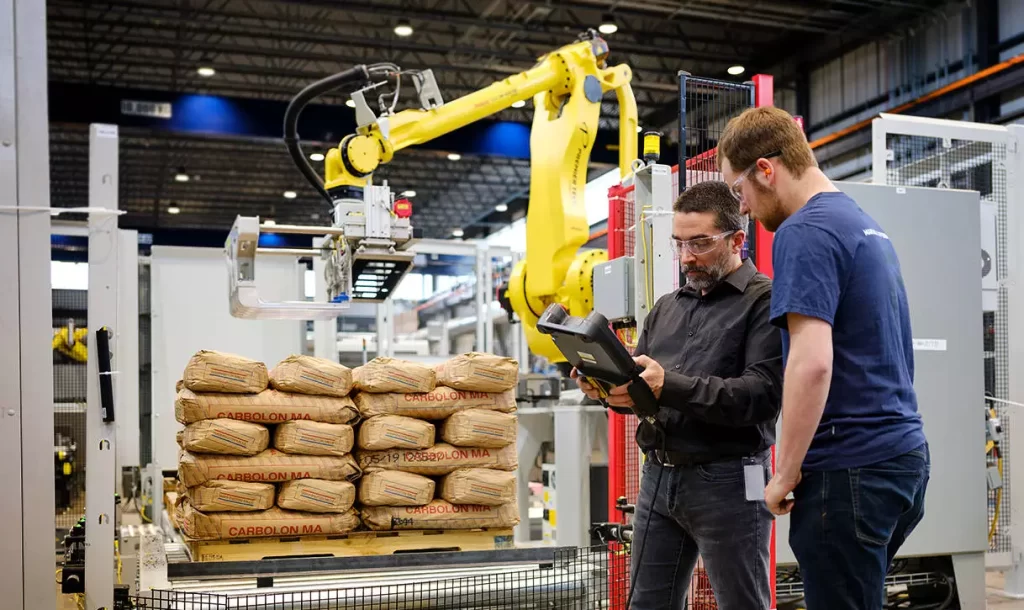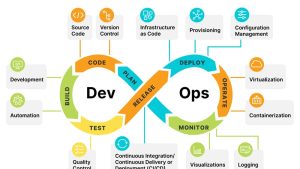All That You Need to Know About Palletizing Machines

For the process of loading goods onto a pallet, or a flat board used for storage or transportation, palletizing equipment is employed. Depending on the intended use and the items, palletizers can be built in a variety of ways.
Palletizing machines are significantly more advantageous than physically loading the goods onto the pallet, regardless of the kind of product and how it is done.
Top Industries Inc. is one of the highly acclaimed professional companies that can design a suitable pallet inverter for any kind of material handling operation.
Pallet inverters’ safe and reliable construction makes it easy to rotate heavy loads and pallets. Accidents that could occur while loading and unloading are completely eliminated.
Manual handling of goods may be time-consuming and reduce workplace productivity if tensions increase. The Pallet Inverter eliminates these dangers and makes pallet exchange and inversion quite simple.
This tool can be used in “dust-sensitive” or food manufacturing applications, enabling the use of steel or plastic pallets that comply with “clean room” regulations in place of wooden pallets in processing areas.
Powering Palletizing Machines
The packaged units are delivered to the palletizing equipment via a roller conveyor, where they are automatically sorted into pallets. Hydraulic, pneumatic, or electromechanical systems can power palletizing equipment.
The following are a few of the most common palletizing machines.
Robotic palletizing machines
Robotic palletizing equipment, sometimes also called automatic palletizing equipment, is typically positioned between a conveyor line receiving pallets and a pallet dispenser.
The equipment can lift things and arrange them neatly and precisely on top of any pallet with the help of a robotic hydraulic arm and suction cup or flat pincer arms.
These palletizers provide a number of advantages. They are quite adaptable and can be tailored to the particular requirements of the application.
High and low-level palletizing machines
A palletizing machine’s feed area positioning determines whether it is categorised as low-level or high-level.
Low-level palletizing machines
Units are loaded using floor-entry palletizing machines, sometimes called as such. Using a low-level palletizing equipment has several benefits.
Since they don’t need an additional work platform, they are often less expensive. Because the machine’s parts are more easily accessible, they require substantially less maintenance. The feed area is close to other machine mechanisms because it is on the ground level.
High-level palletizing machines
Units can be moved from a storey above floor level, and this configuration has advantages of its own. A high-level palletizer uses less space in a facility since the feed area is positioned above the remainder of the machine.
High-level palletizing machines are perfect for high-speed, more demanding applications since they can process 40 to 50 units per minute.
The feed area is separated from the machine’s case packer and case sealer by a greater distance than their low-level counterparts.
Top Industries Inc. has supplied many industries with several types of pallet inverters based on their needs and here is Linkedin profile of this company, from where you can get all those info.





